The decision to open Everest on a limited number of screens and exclusively in large-screen formats (in Asheville that would be Regal’s IMAX-lite, RPX) was a wise one on the part of the film’s distributors and marketers. The cinematic grandeur of this film will not hold up on your laptop, TV or even the standard screen at your favorite theater. Ultimately, visual presence is all that Everest really has to recommend it to viewers, as its striking 3D cinematography conveys far more depth than its script’s shallow caricaturization of the mountaineers involved.
Retreading the same ground covered by at least a half-dozen other books and films relating the tragic events of May 1996 on the eponymous mountain, Everest attempts to say something new without ever really saying anything at all. For those unfamiliar, the ’96 disaster entailed the death of eight climbers resulting from a confluence of financial pressures, poor decision-making and old-fashioned bad luck. Among those lost were professional guides Rob Hall (Jason Clarke) and Scott Fischer (Jake Gyllenhaal), with the film being largely based on unlikely survivor Beck Weathers’ memoir, Left for Dead. Director Balthasar Kormákur and screenwriters William Nicholson and Simon Beaufoy have attempted to conglomerate multiple points of view into a cohesive whole, with the predictable lack of focus such a strategy implies. Taking creative liberties, the team establishes Hall and Fischer as somewhat friendly rivals with Weathers standing in as the clichéd Texas wildcard, but none of the characters or their relationships are ever significantly developed. The script occasionally touches on significant thematic elements, such as the overcrowding and commercialization plaguing Everest or the psychology underlying attempts to summit, but these threads are dropped almost as soon as they are raised.
That characterization and high-concept themes are dropped in favor of sweeping vistas of Tibetan plains and deft employment of 3D shots into bottomless crevasses might initially seem misguided, but is ultimately the film’s lone saving grace. Shot on location at Everest, as well as in the Italian Alps, the camera work alone is worth the price of admission. Digital effects are clearly at play, but never obtrusively so, and exemplary sound design places the audience firmly on the mountainside. As gorgeous and technically proficient as Everest is, however, no amount of slick production work can make up for a script lacking fully-formed characters.
The ensemble cast has plenty of material to work with; they just aren’t given enough screen time to convincingly do so. While Clarke, Brolin and Gyllenhaal ostensibly drive the story, their characters are all decidedly one-note. Unfortunately, as paper-thin as these characters are, competent supporting actors are given even less compelling material. As Hall and Weathers’ respective spouses, Keira Knightley and Robin Wright serve no narrative function other than to draw the audience back into a mundane world far removed from the drama on the mountain, grinding the story to a halt so that we can watch them both fret on the phone in an attempt to build audience sympathy. Emily Watson initially appears to have something more to do, but is immediately relegated to the exact same dramatic purpose as Knightley and Wright. Poor Michael Kelly is possibly given the shortest shrift in his role as Jon Krakauer, who seems to be marginalized here if for no other reason than his bestseller Into Thin Air is the basis for most of the other films on this subject.
Everest fails to create convincing characters because it spends more time creating a convincing blizzard. The general rule of thumb for a screenplay’s length is roughly one page per minute of screen time, the catch being that big action set-pieces require fewer pages and eat more minutes. The script for all two hours of Everest is probably less than a hundred pages long. This is both the film’s greatest strength and greatest weakness, as the set-pieces are indeed impressive, but the paucity of time spent on character development leaves the entire enterprise teetering on the precipice of meaninglessness. Everest reaches laudable heights of cinematic virtuosity while falling distinctly short of its lofty narrative aspirations. But it sure is nice to look at. Rated PG-13 for intense peril and disturbing images



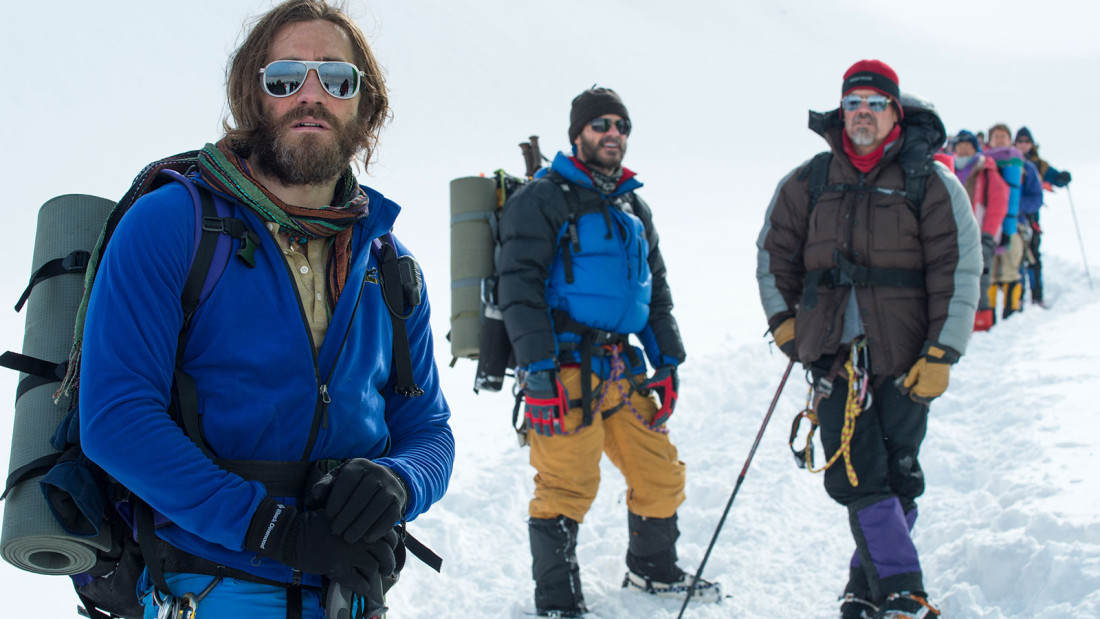
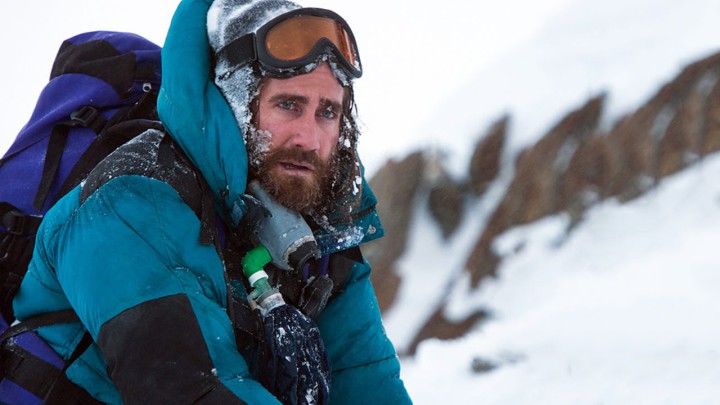
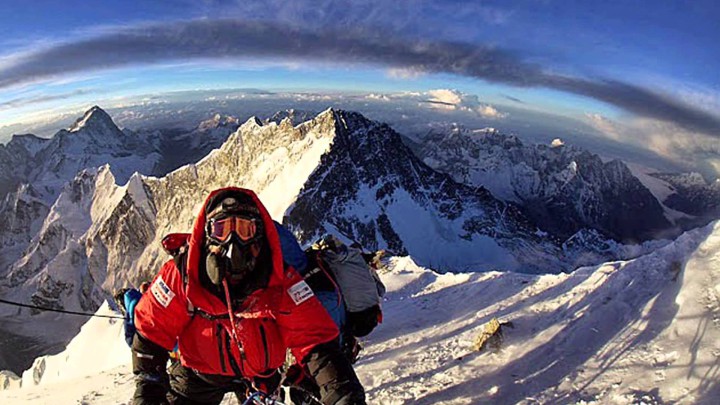
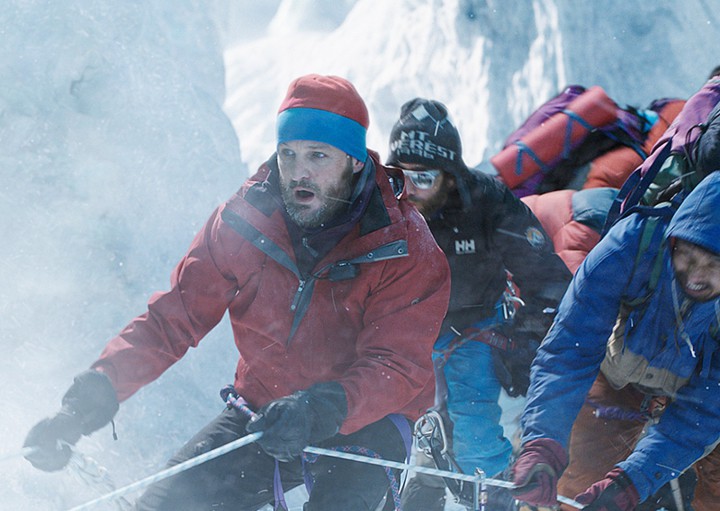
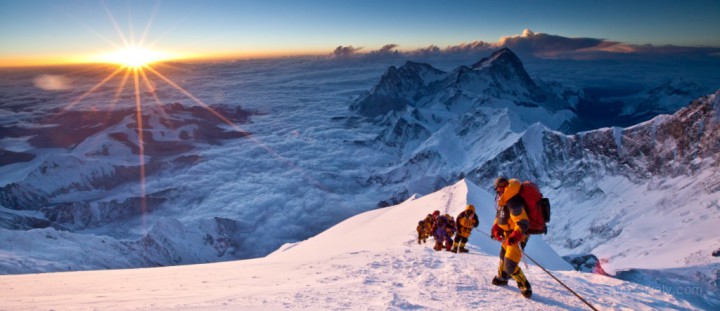
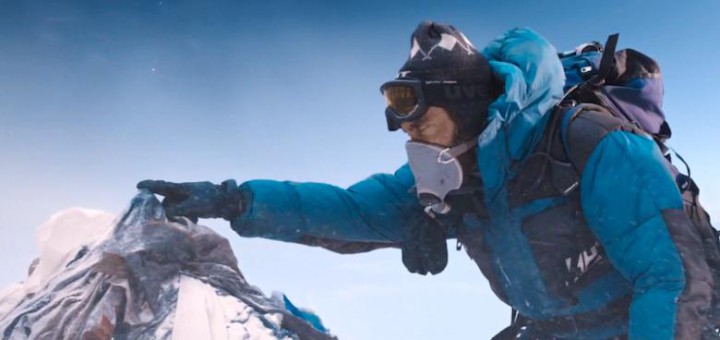
Another harrowing adventure of well to do white guys getting lost on a mountain. The Paul Mooney version of this would be.. “innocent black guys run from the police”. Bad jokes aside I do wonder why Regal just didnt make that Biltmore Grand Theatre an I-Max. They definitely had the room for it.
For starters, Regal had nothing to do with building the Biltmore Grande. It was built by Consolidated. When Consolidate went broke, Regal bought it. This RPX thing is a cheap(er) after-market thing.
interesting, thanks for the info
How does this compare to the Michael Biehn “classic” K-2??
Or that Stallone mountain rescue thing, “Cliffhanger”?
Cliffhanger was a lot of fun. Dumb?? Ofcourse.